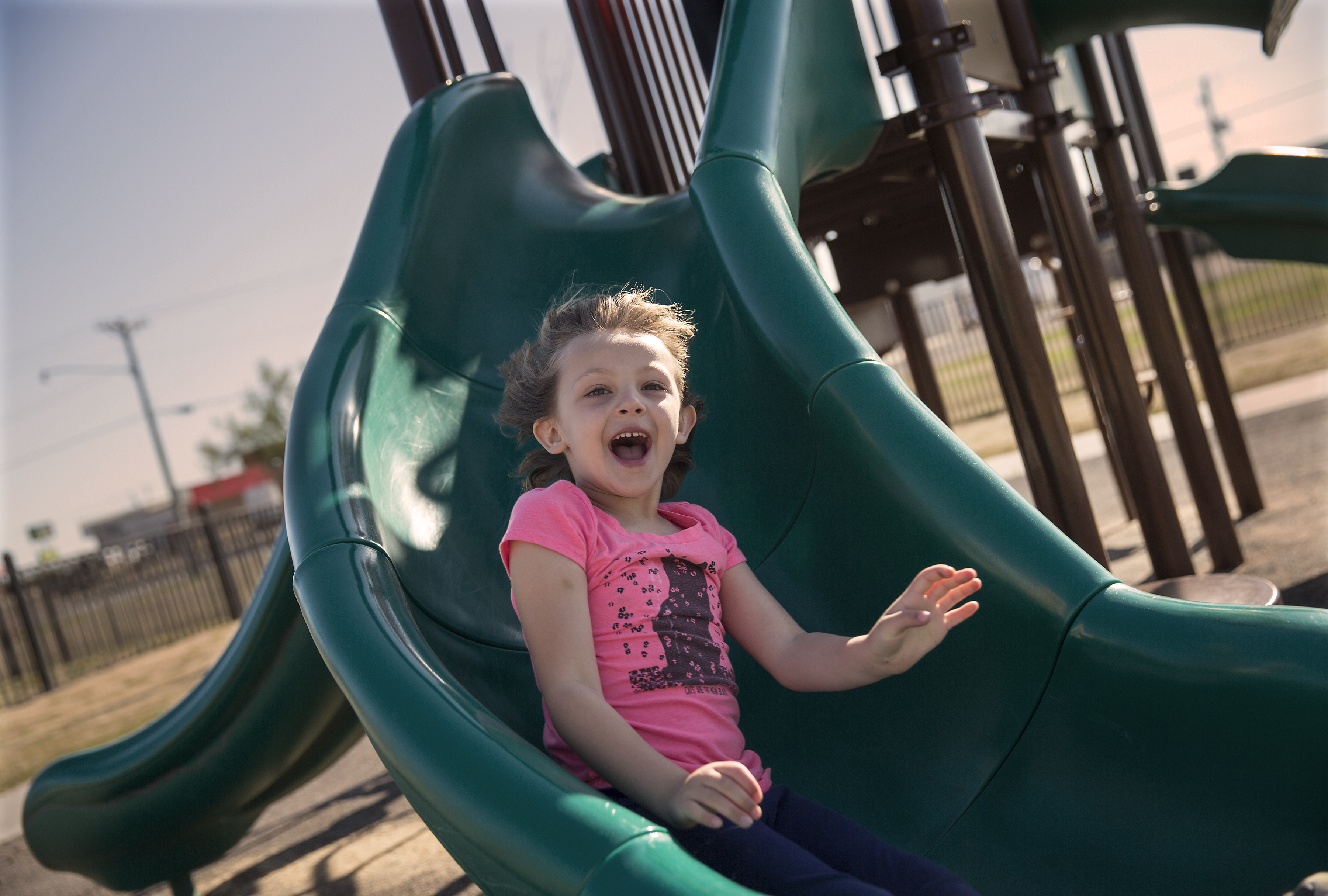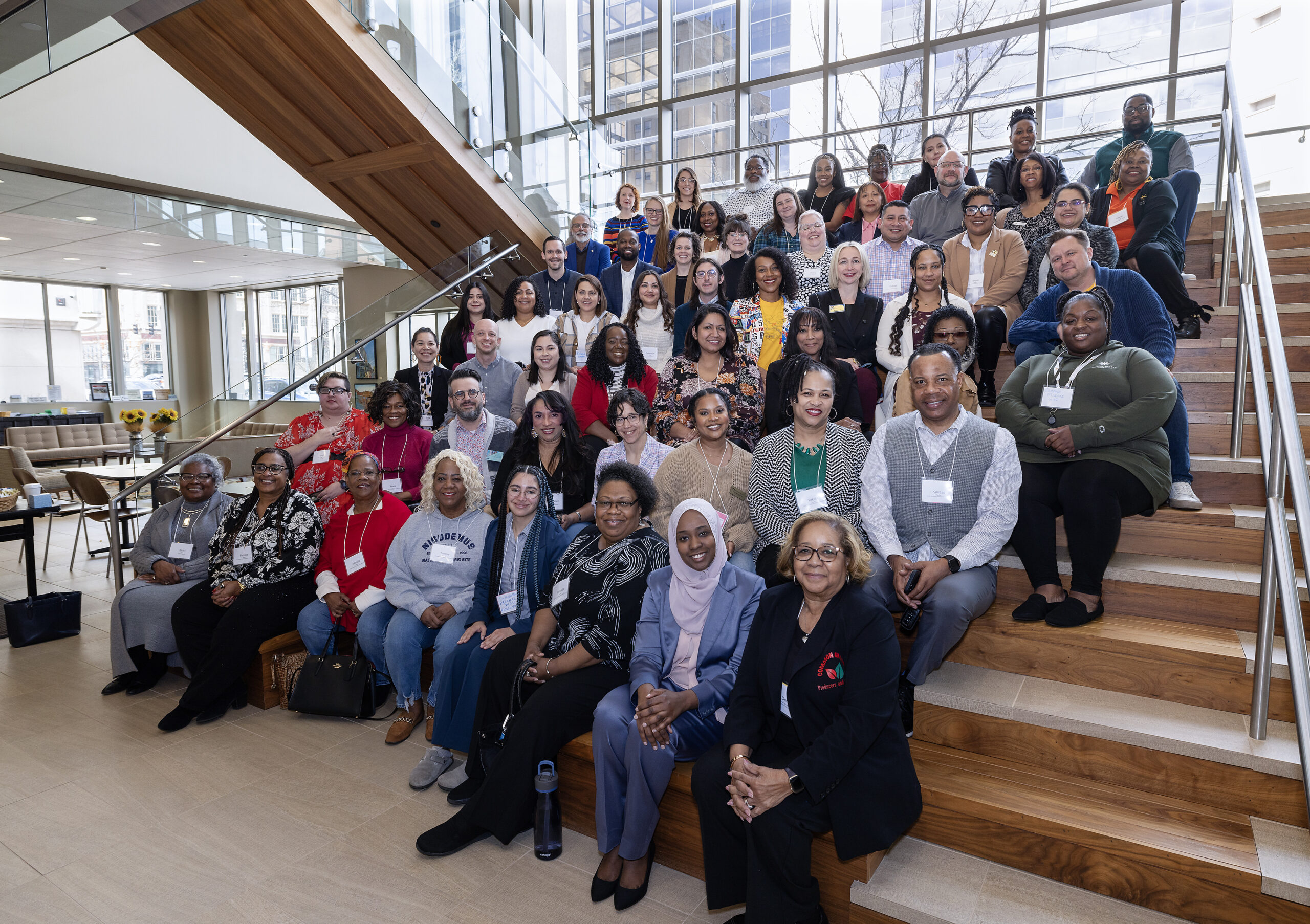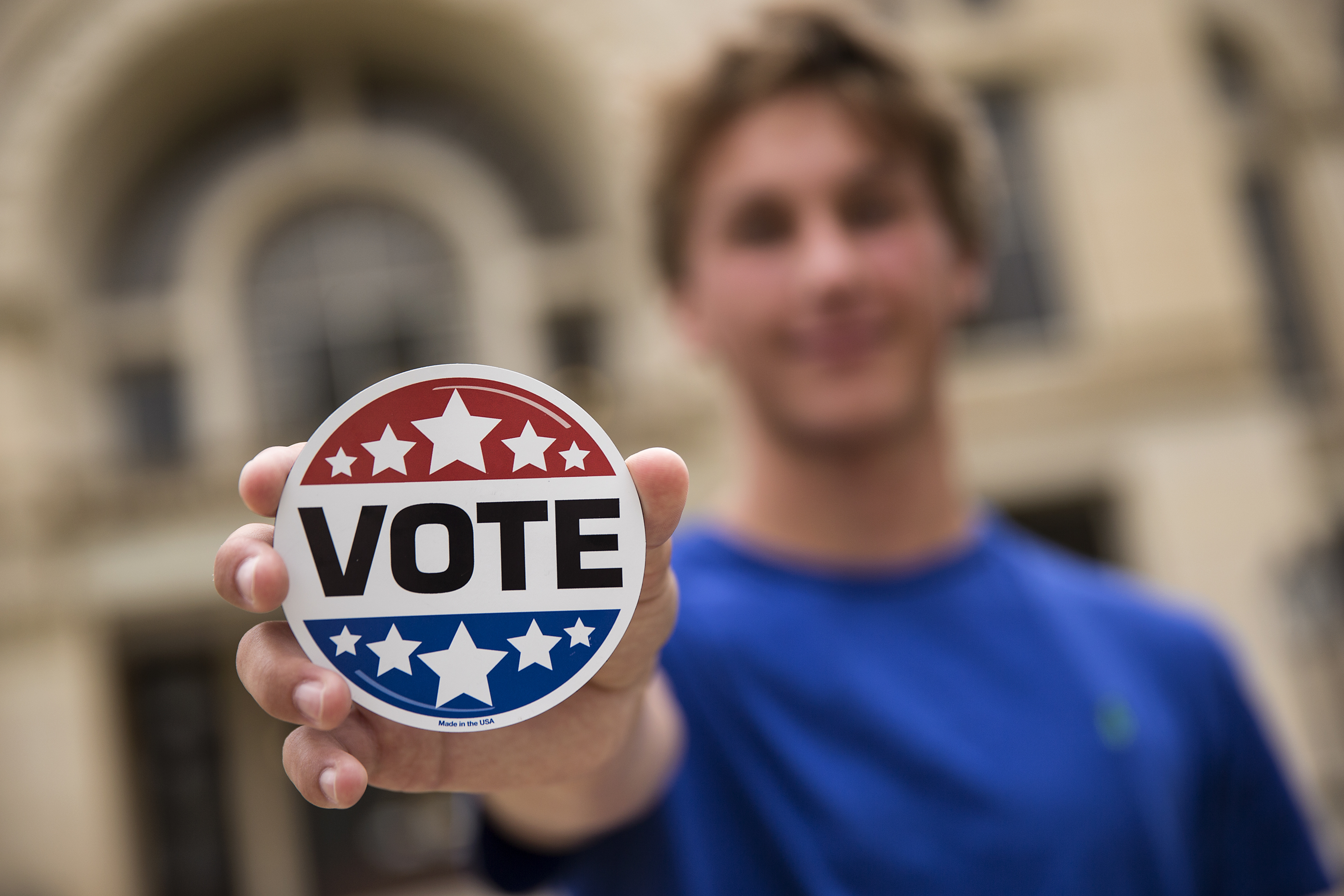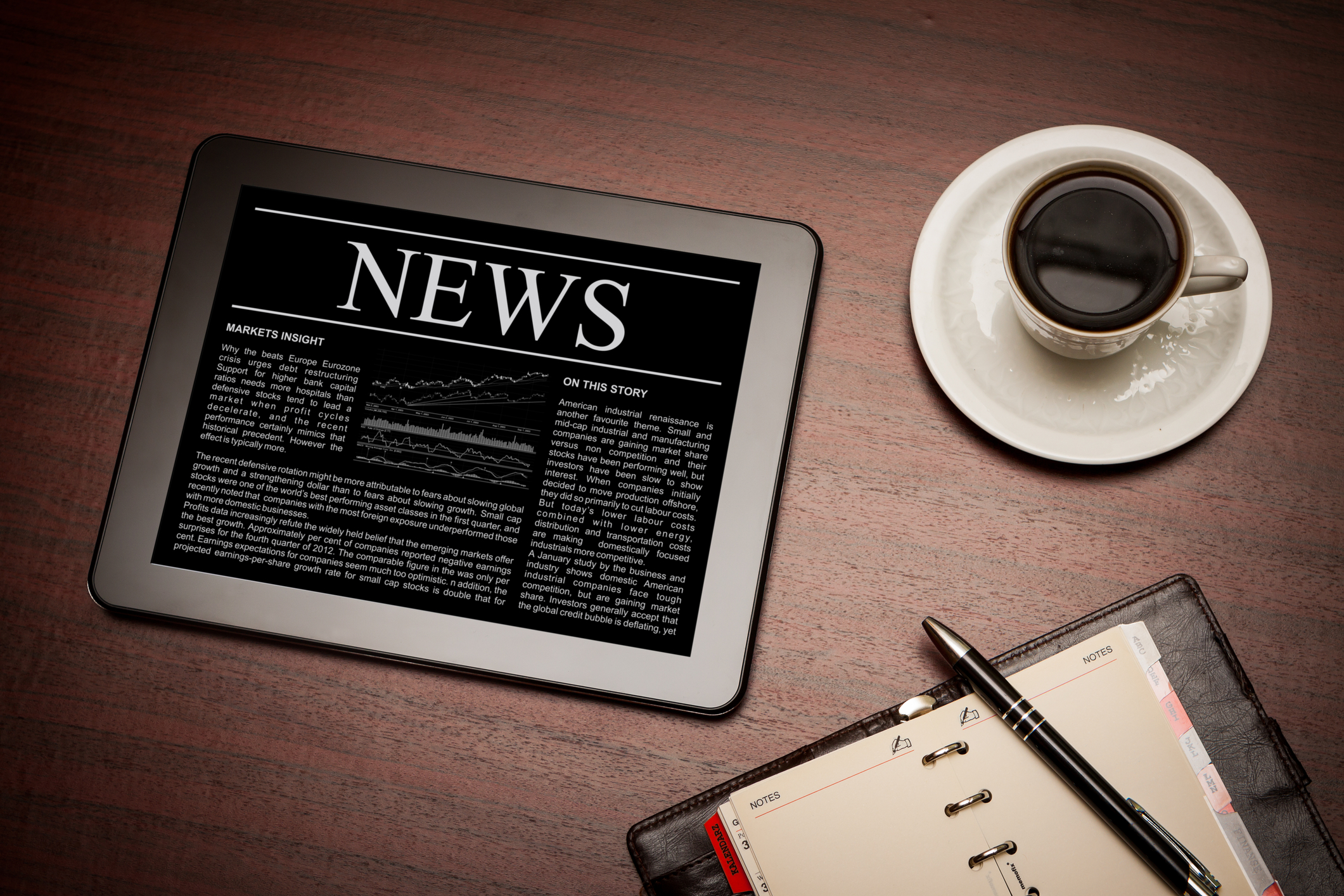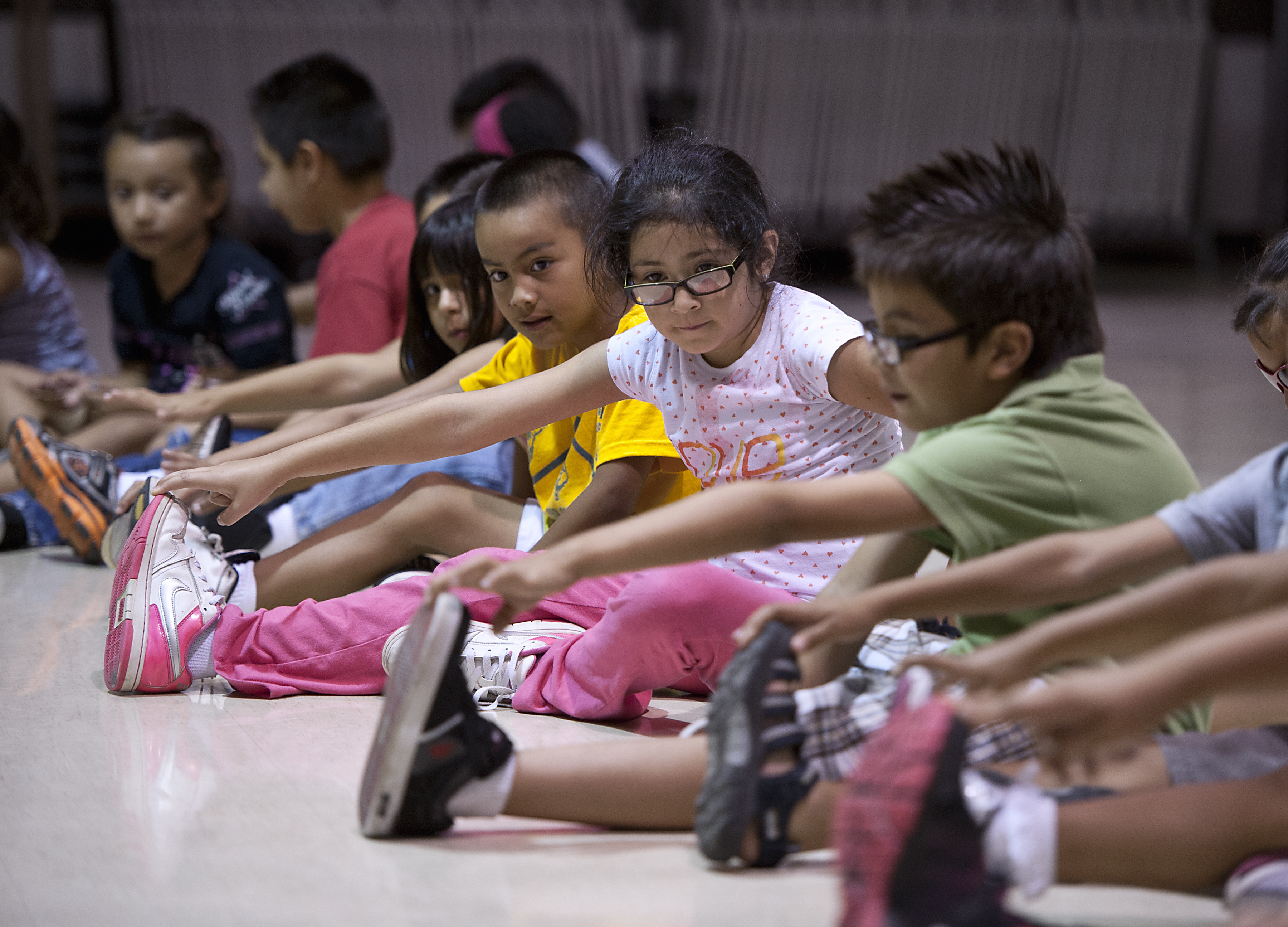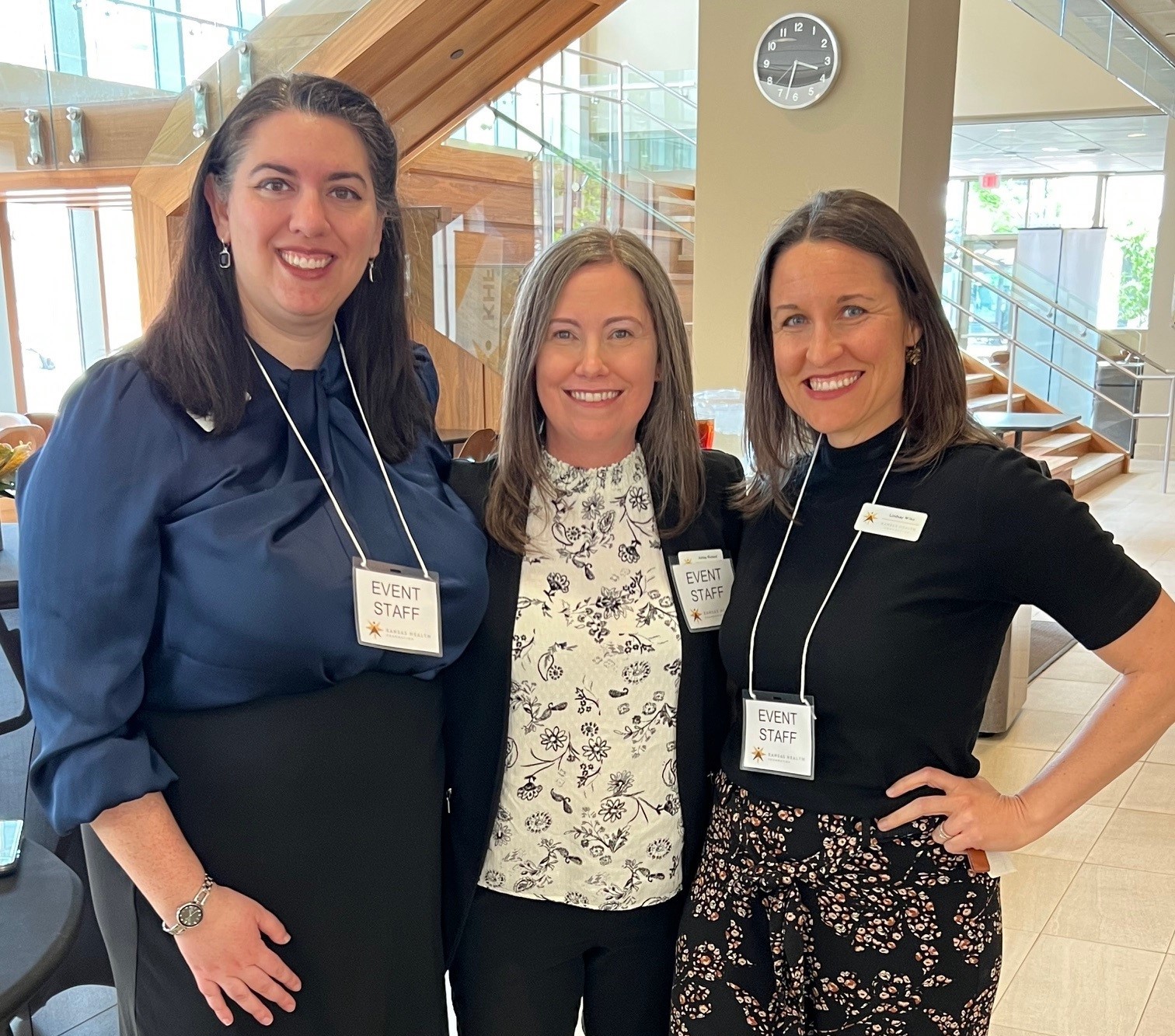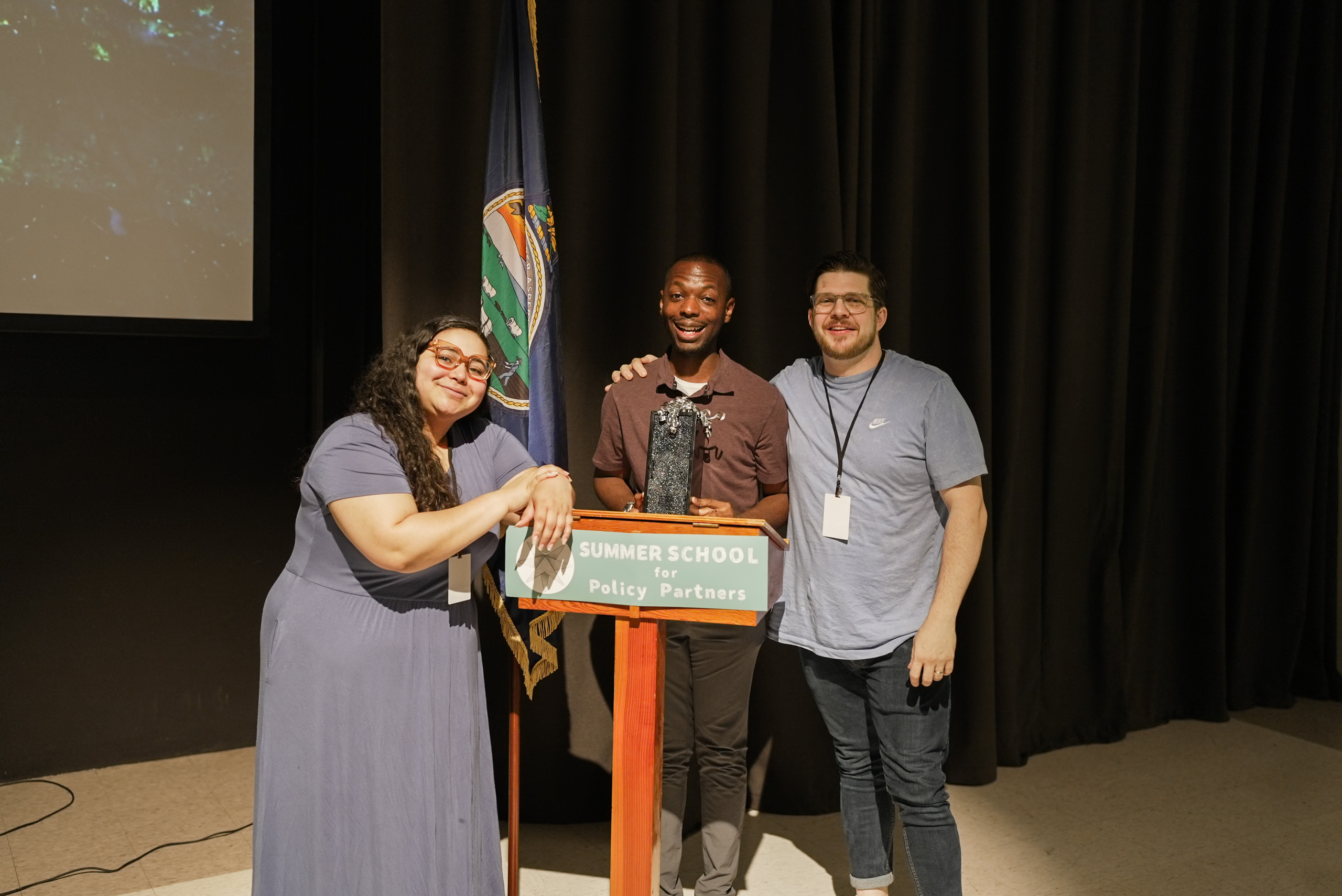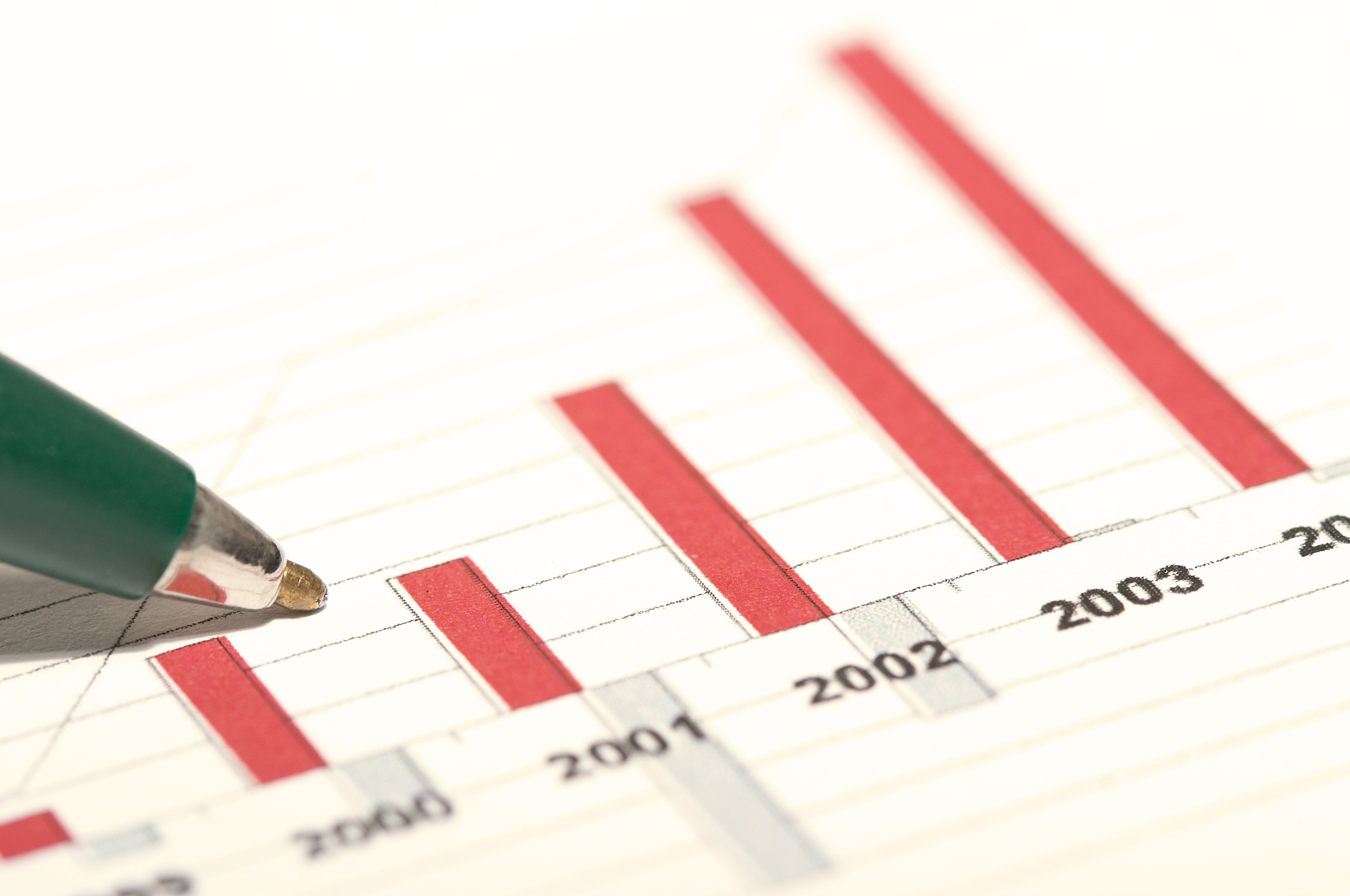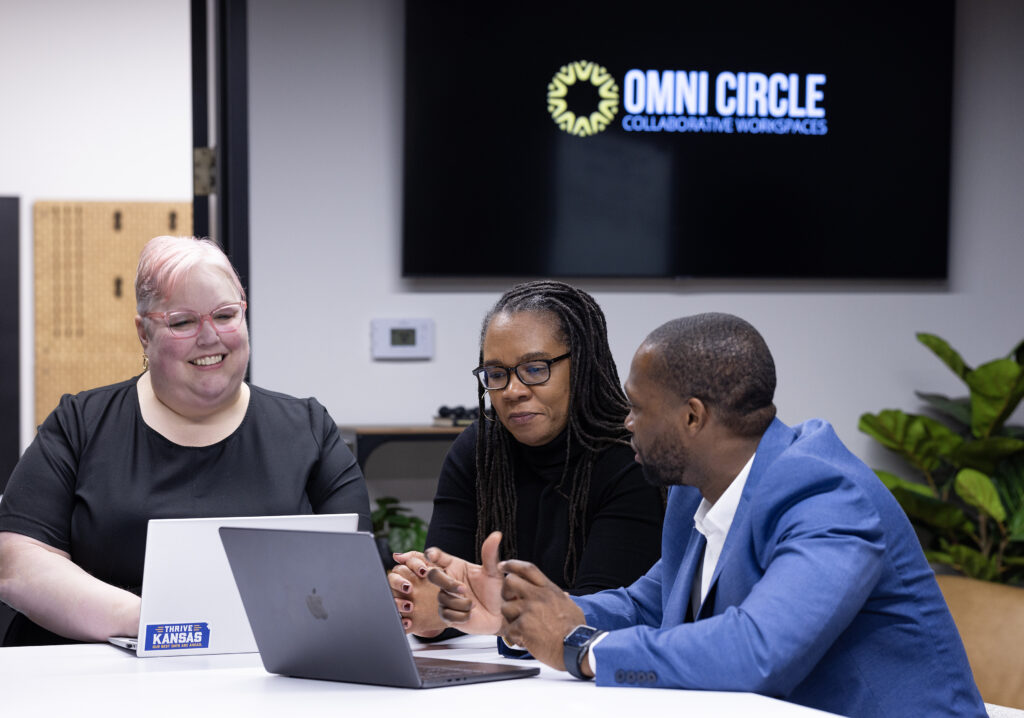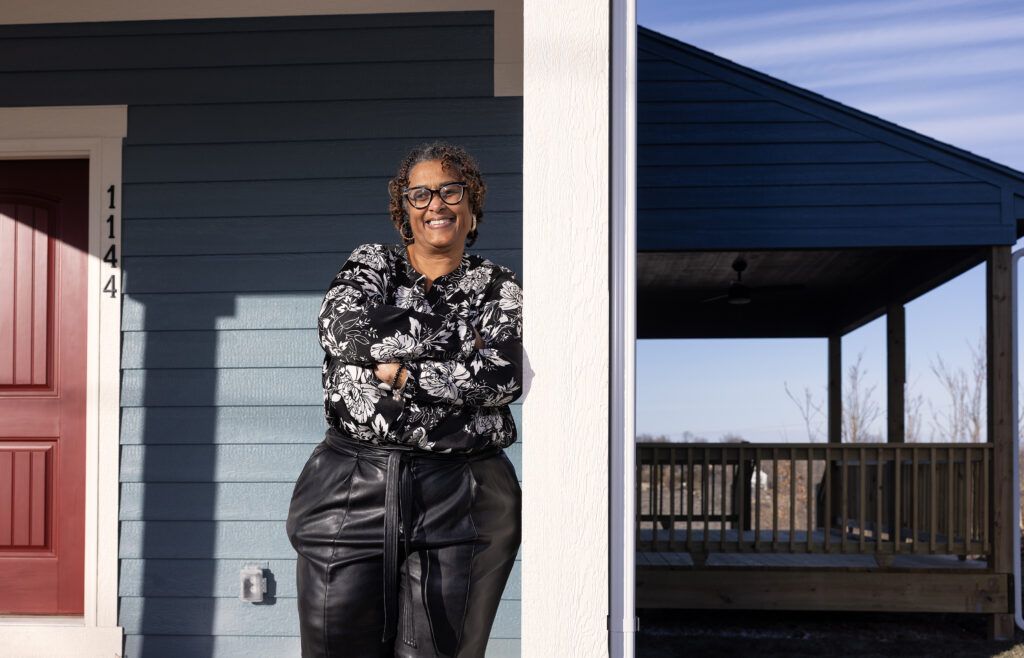According to a recent report by the Kansas Health Institute (KHI), 3 out of 10 Kansans currently do not have access to adequate, high-speed internet. While this creates challenges even in the best of times, the global COVID-19 pandemic exposed our state’s digital divide and the resulting inequities created.
Lack of high-speed internet access impacts people from all walks of life, and the disparities can be seen according to geography, race/ethnicity and income. These issues were especially troubling as school districts across the state turned to remote learning and many healthcare services changed to telehealth appointments.
“The reason why this disparity is important are the long-term effects,” said Emily Burgen, an analyst for KHI. “Students who had to go without school (because of not being able to access remote learning) are going to have lower educational outcomes. People who are missing medical visits might be missing important treatments.
“If we don’t start taking steps to improve the situation now, then we might get to a point where the gap is so wide between those with and those without internet access that we’re unable to eventually create equity,” Burgen said.
KHF is looking to help with those initial steps toward equity, and earlier this year released the Kansas Digital Equity and Inclusion Collaborative Request for Proposals (RFP). This RFP focused on engaging collaborative partners to advance equitable digital access and literacy among families of color, low-wage worker households and others experiencing greater systemic barriers that contribute to the wealth gap. The four grantees for this initiative will be announced in mid-July. Be watching the KHF website for those details.
And, to learn more about some of the digital divide issues currently facing Kansas, please watch the video above.
###

